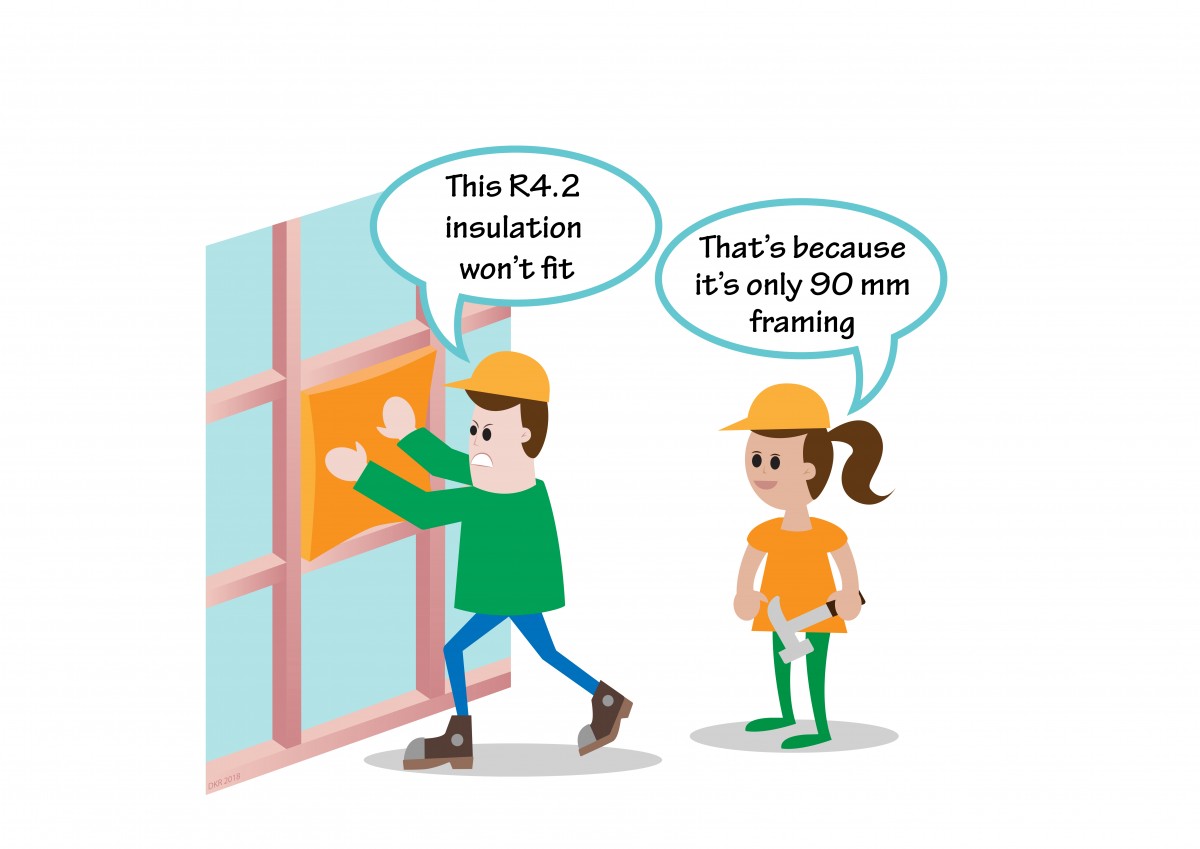THINKING BIGGER
20 Mar 2019, Learn, Prove Your Know How, Technical

Warmer homes typically use thicker insulation, and this requires bigger wall framing. While R2.8 insulation is the highest practicable insulation value that can be used with 90mm framing, R4.2 insulation can be used in 140mm framing
There are slightly different rules around 140mm wall framing in NZS 3604:2011 Timber-framed buildings:
- Stud heights can be increased over 90mm framing at the same centres.
- 140mm studs can be installed at wider spaces. For example, with loadbearing walls in extra high wind zones, a 140 x 45mm stud up to 3.0m length (height) can be used at a maximum spacing of 600mm – twice the stud spacing of a 90mm wide stud (see NZS 3604:2011 Table 8.2)
- The maximum size of a hole or notch is 38mm compared to 25mm for 90mm framing. (In each case, the measurement is 27% of the timber depth. The actual 38mm figure doesn’t appear in NZS 3604:2011 – it is derived from that.)
- 140 mm trimming studs can be made with a built-up thickness
of 2/70mm or 6/35mm. - Where there is built-up framing with up to six framing members nailed together, for framing 140mm or more, there must be at least two rows of nails across the member width.
Apart from allowing thicker insulation, 140mm wall framing offers designers more flexibility around the size and position of plumbing and electrical services.
The 140mm framing and R4.2 insulation comes at a cost. One researcher looking at actual houses being built calculated additional costs of $6,200–8,700 per house above the typical construction of 90mm framing/R2.8 insulation. That would help achieve an 8-Homestar rating, however, which is considerably higher than most houses built today (see BRANZ Study Report SR391).
Words and images supplied by ©BRANZ
Register to earn LBP Points Sign in
2 Comments
Leave a Reply
You must be logged in to post a comment.




Know your framing
done